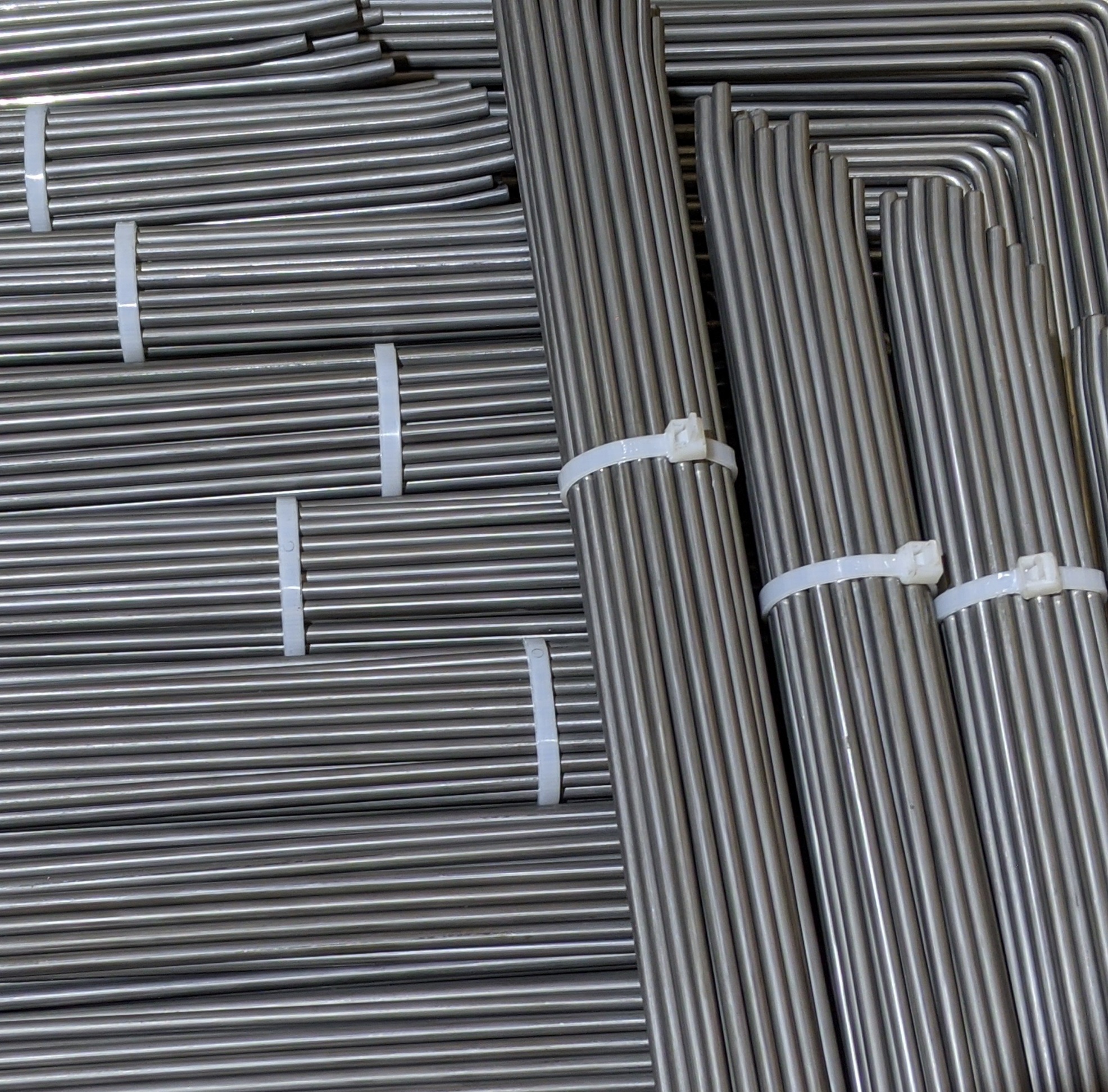Get unique, complex parts easily. No matter your requirements, Chaoyi Spring creates hard-to-produce coil springs and wire forms.
Let us help you create the custom wire form you need, from S-hooks and J-hooks to utility hooks and more.
We work closely with customers across a wide range of industries, helping them design and manufacture made-to-order parts.
Why choose Chaoyi Spring? We prioritize customer-focused collaboration, modern equipment and the latest technology to make your parts per print.
Find the information and guidance you need, from measuring a spring to learning about materials, placing an order and much more.
Have you ever wondered how a spring can store energy and release it with such precision? From the simple act of bouncing a ball to the intricate workings of a


Have you ever wondered how a spring can store energy and release it with such precision? From the simple act of bouncing a ball to the intricate workings of a car suspension, springs are ubiquitous in our lives, silently enabling countless mechanisms. But what makes springs so special, and how do they manage to compress and expand in such a predictable way? This article dives into the fascinating world of spring compression, exploring the fundamental principles that govern their behavior.

Springs, those seemingly simple coiled pieces of metal, play a crucial role in a vast array of applications, from the delicate balance of a watch to the heavy-duty suspension of a truck. Their ability to store energy and release it upon demand makes them essential components in countless machines and devices. Understanding the science behind spring compression is key to appreciating their functionality and the diverse ways they impact our lives.
At the heart of spring compression lies a fundamental law of physics known as Hooke's law. This law, discovered by English physicist Robert Hooke in the 17th century, states that the force exerted by a spring is directly proportional to its displacement from its equilibrium position. In simpler terms, the more you compress or stretch a spring, the more force it will resist with.
Mathematically, Hooke's law is expressed as: F = -kx, where:
The negative sign indicates that the force exerted by the spring always opposes the direction of displacement. For instance, if you compress a spring, it will push back on you; if you stretch it, it will pull back.
The spring constant, k, is a crucial parameter that defines a spring's behavior. A higher spring constant means a stiffer spring, requiring more force to compress or stretch it. Conversely, a lower spring constant indicates a more flexible spring that requires less force to deform. The spring constant is determined by factors such as the material of the spring, its diameter, and the number of coils.
When you compress a spring, you are essentially storing potential energy within it. This stored energy is directly proportional to the amount of compression and the spring constant. The stored potential energy can be released by allowing the spring to return to its equilibrium position, converting the stored energy into kinetic energy, which is the energy of motion.
The ability of springs to store and release energy makes them invaluable in a wide range of applications. Here are a few notable examples:
While Hooke's law provides a good approximation for spring behavior, it's important to note that real springs exhibit non-linear behavior, particularly when subjected to large deformations. This non-linearity arises from the complex interplay of forces within the spring material, and it can significantly affect the spring's performance in certain applications.
Understanding the limitations of Hooke's law and the factors that contribute to non-linear spring behavior is crucial for designing and using springs effectively in real-world scenarios.
Springs, those seemingly simple coils of metal, are far more sophisticated than they appear. Their ability to store and release energy, governed by the fundamental principles of Hooke's law and spring constants, makes them indispensable in a wide range of applications. From the intricate mechanisms of watches to the heavy-duty suspension systems of vehicles, springs quietly work behind the scenes, enabling countless technologies and improving our daily lives. As we delve deeper into the science of spring compression, we unlock a deeper appreciation for these remarkable components and their profound impact on our world.
Browse some of the custom wire forms and springs that we manufacture. Don’t see what you need? We specialize in made-to-order products that meet your application requirements.
Visit Our GalleryNeed a custom wire form or coil spring? We make it work. Fill out the contact form and a representative will respond within 1 business day. If you have a PDF or CAD file, you can submit to request a quote.